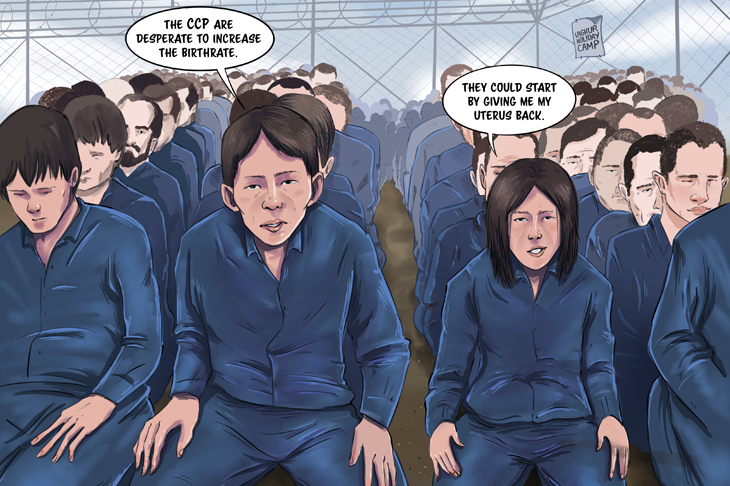Facing a seriously declining birth rate, the Chinese Communist Party has released guidelines to encourage fertility and reduce the nation’s abortions. The ‘Guidelines on further improving and implementing positive reproductive support measures’ request local government authorities to take active measures to increase the birth rate. Issued by seventeen organisations, including the powerful Propaganda Department of the Central Committee of the Communist Party, the guidelines urge action across a range of areas, including childcare, housing and education.
Already a subscriber? Log in
Subscribe for just $2 a week
Try a month of The Spectator Australia absolutely free and without commitment. Not only that but – if you choose to continue – you’ll pay just $2 a week for your first year.
- Unlimited access to spectator.com.au and app
- The weekly edition on the Spectator Australia app
- Spectator podcasts and newsletters
- Full access to spectator.co.uk
Unlock this article
You might disagree with half of it, but you’ll enjoy reading all of it. Try your first month for free, then just $2 a week for the remainder of your first year.














Comments
Don't miss out
Join the conversation with other Spectator Australia readers. Subscribe to leave a comment.
SUBSCRIBEAlready a subscriber? Log in